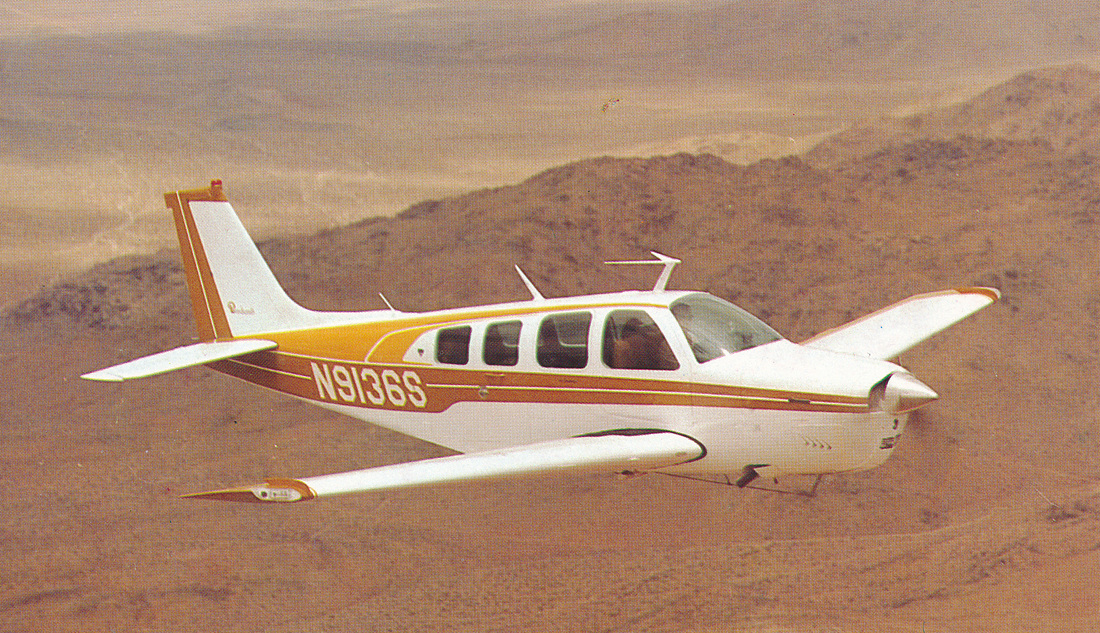

Realizing this, Beechcraft dropped the Debonair name and most of the basic and seldom-ordered standard features with the introduction of the E33 in 1968. However, most Bonanza features were available as factory options on the Debonair, and by the mid 1960s, most Debonair buyers were ordering most or all of these options. The Model 33 Debonair was introduced in 1960 as a lower-priced model with more austere standard instrumentation, exterior equipment, paint schemes, and interior fabrics and trim than the more prestigious V-tail Bonanza. Model 36 Bonanza (1968–present a stretched Model 33).Model 33 Debonair or Bonanza (1960–1995 conventional tail).Three major variants eventually comprised the Bonanza family: The first 30–40 Bonanzas produced had fabric-covered flaps and ailerons, after which those surfaces were covered with magnesium alloy sheet. The prototype 35 Bonanza made its first flight on December 22, 1945, with the first production aircraft debuting as 1947 models. The Model 35 featured retractable landing gear, and its signature V-tail (equipped with combination elevator-rudders called "ruddervators"), which made it both efficient and distinctive. With its high-wing, seven-cylinder radial engine, fixed tailwheel undercarriage, and roll-down side windows, the Cessna 195 was little more than a continuation of prewar technology the 35 Bonanza, however, was more like the fighters developed during the war, featuring an easier-to-manage, horizontally opposed, six-cylinder engine, a rakishly streamlined shape, retractable tricycle undercarriage (although the nosewheel initially was not steerable, but castering) and low-wing configuration.ĭesigned by a team led by Ralph Harmon, the model 35 Bonanza was a relatively fast, low-wing monoplane at a time when most light aircraft were still made of wood and fabric. ContentsĪt the end of World War II, two all-metal light aircraft emerged, the Model 35 Bonanza and the Cessna 195, that represented very different approaches to the premium end of the postwar civil-aviation market. More than 17,000 Bonanzas of all variants have been built, produced in both distinctive V-tail and conventional tail configurations early conventional-tail versions were marketed as the Debonair. The six-seater, single-engined aircraft is still being produced by Beechcraft and has been in continuous production longer than any other aircraft in history. The Beechcraft Bonanza is an American general aviation aircraft introduced in 1947 by Beech Aircraft Corporation of Wichita, Kansas. Unsourced material may be challenged and removed.įind sources: "Beechcraft Bonanza" – news Please help improve this article by adding citations to reliable sources. This article needs additional citations for verification.


 0 kommentar(er)
0 kommentar(er)
